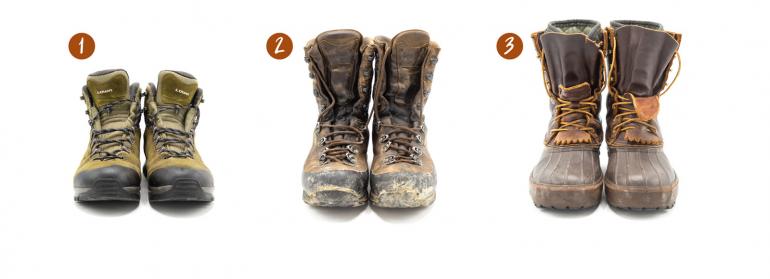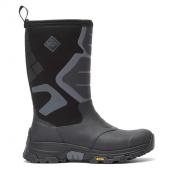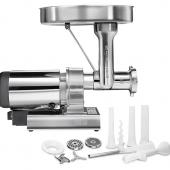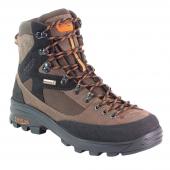Leather & Lace
Selecting a hunting boot.
The quickest way to ruin a hunt is by wearing ill-fitting or poorly-made boots. No matter your hunting style, some walking will be involved, and good footwear is paramount. Be discerning in your selection. Think about what time of year you’ll be using them, the type of terrain involved, and if you’ll be sitting for long stretches. Try on as many brands and styles as you can. We’ve broken it down here into three categories: hiking boots for early season, mountain boots for mid-season, and pac boots for late season. These are our favorites.
Hiking Boots
Agility is essential while afield, and lightweight hikers keep a hunter nimble. Early in the season, for archery or upland bird, this boot style is all about ease of movement. As long as you’re in fairly dry country, without too many creek-crossings or much swampy terrain to traverse, the low weight and high breathability of hiking boots will pay off in spades—you’ll move easier, quieter, farther, faster, better. Most footwear companies make a fine day-hiker in an earthtone shade—any neutral gray, brown, or green will do—but we especially like the LOWA Explorer II GTX ($250; lowaboots.com), pictured here. It’s supportive, waterproof, and only 2.5 pounds per pair. For those with wider feet, Oboz makes a great early-season boot as well. Just remember to lace ’em up tight for the pack-out to protect your ankles.
Mountain Boots
Nowadays, there’s a specialized piece of gear for everything. But some of us can’t afford a different type of boot for every species we hunt. If you can only have one, look for something that’s going to handle the widest range of conditions. Get quality leather—something durable that’s held together with double- or triple-stitching. One good option is the Kenetrek Mountain Extreme ($500; kenetrek.com). These boots are 10 inches tall, provide good breathability, and have a strong rubber outsole. They come in insulated or non-insulated versions, and unless you have really cold feet, or plan to only wear them only during the late season, we recommend non-insulated. Otherwise, your feet will undoubtedly sweat and thus be more prone to blisters (and you can always put on a thicker sock for colder outings). These suckers ain’t cheap, but having a one-size-fits-all hunting boot is a worthy investment and will save you money in the long run.
Pac Boots
During rifle season, if you’ve got plans to sit still for any length of time, or expect to slosh through wet ground, your toes are gonna get cold—which is where pac boots come in. Available in a variety of styles and heights, they’ve all got a single-piece rubber outsole and a full leather upper, creating a great barrier to water, wet snow, and cold air. On the inside, a removable liner—typically made with a blend of wool and other insulating materials—makes sitting for long stretches that much more bearable. Hiking may be slower and less nimble than with other boots, but with a good pair of pacs, such as the 10” Schnee’s Hunter ($360; schnees.com), the benefits definitely outweigh the costs. Whether it’s elk up high, late-season pheasants, or sitting in a duck blind, your toes will thank you.













